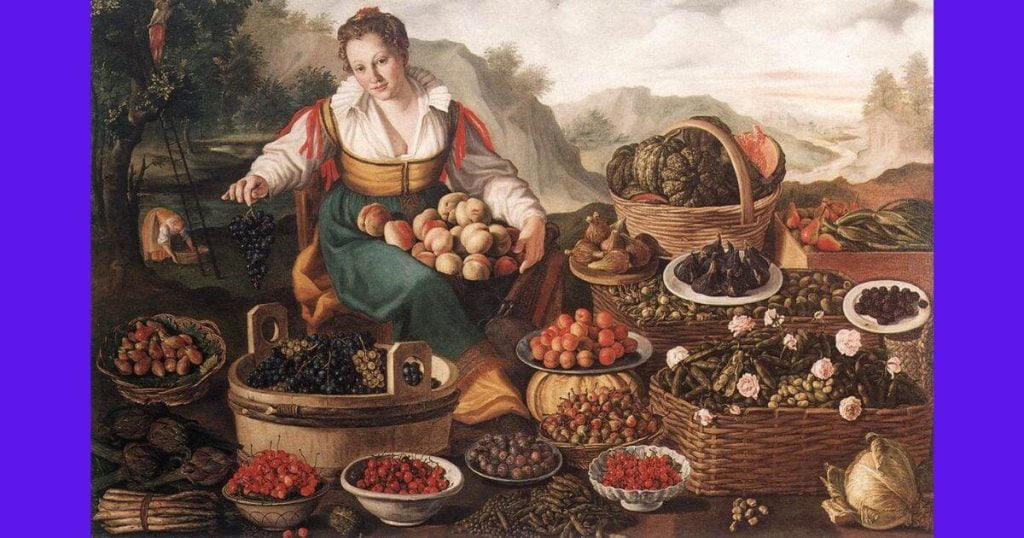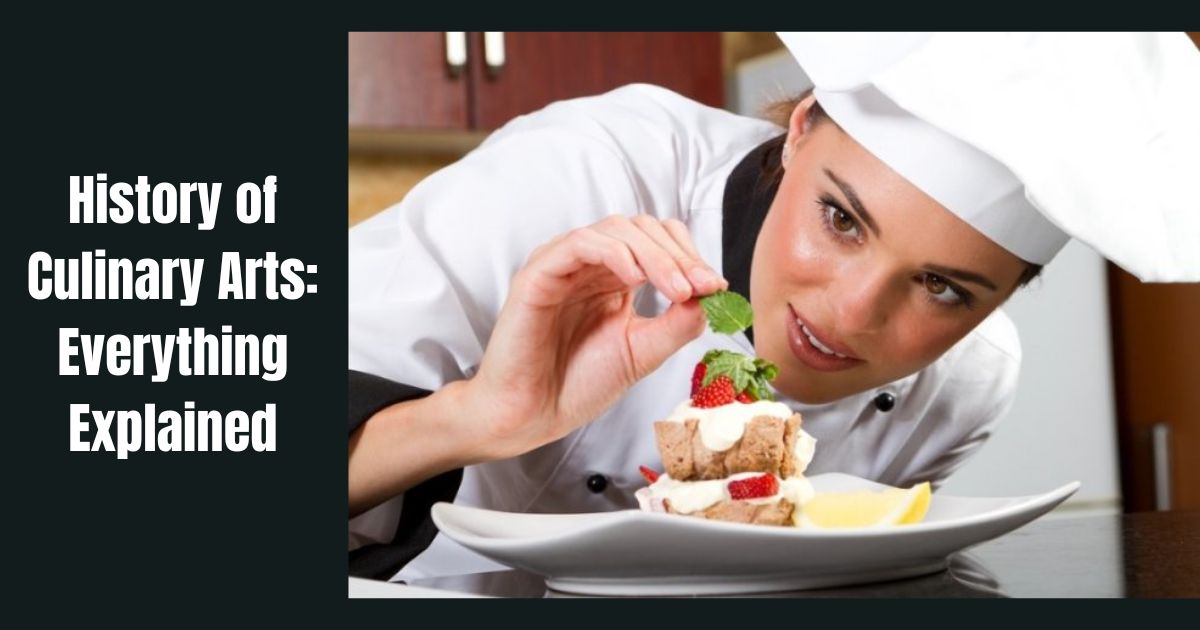The history of culinary arts is a fascinating journey shaping how we cook, eat, and enjoy food for thousands of years. From the humble origins of fire and cooking utensils to present-day haute cuisine, the history of culinary arts has shaped diverse cultures, traditions, and innovations.
The history of culinary arts is a rich and fascinating journey shaped by diverse cultures, traditions, and innovations. From the earliest origins of fire and cooking utensils to present-day haute cuisine, the culinary arts have undergone countless transformations and adaptations, reflecting people’s changing tastes and preferences throughout history.
In this article, we look at the history of culinary arts, exploring its origins, key historical events, and notable culinary figures who have shaped this vibrant field over the centuries. You have gained a deep understanding of how the culinary arts have evolved and what makes them unique and enduring.
Earliest Types of Cooking
The origins of cooking could be more precise. Primitive humans have tasted roast meat by chance. The flesh of a beast kill in a forest fire more palatable and accessible to chew and digest than the raw meat. Cooking has come a long way. It is with improved cooking techniques and equipment that have improved the quality and taste of food.
The Evolution of Culinary Arts
The culinary arts develops the first moment that caves people cooked food over fires. Advancements have occurred, from refining food to new techniques. Culinary history studies are about foodstuffs, equipment, cooking methods, and the presentation and eating of meals. Vital milestones mark the history of culinary arts.

Origins of Culinary Arts
The history of culinary art dates to prehistoric times. It is in early humans discovered the art of cooking. Archaeological evidence shows that our ancient ancestors used fire and cooking utensils as early as 1.8 million years ago. As humans evolved and developed more complex societies, cooking, and culinary arts became more sophisticated, reflecting different regions’ diverse cultural practices and culinary traditions.
Ancient Egypt left behind a significant food art legacy, where cooking consider a sacred art form. Egyptian chefs were known for their meat, fish, and vegetable preparations, often with spices and sauces. The Greeks and Romans shape the culinary arts.
The Middle Ages and Renaissance
The Middle Ages were a time of significant change and innovation in the culinary arts. The rise of Christianity and the Catholic Church played an important role in shaping the culinary arts. Religious customs and practices influenced the types of foods eaten and how they were prepared. The Crusades play a role of new ingredients and techniques from the Middle East and Asia.
During the Renaissance, the culinary arts reach new heights of sophistication and refinement. It is with Italian and French chefs leading. The Italian Renaissance characterize to a renewed interest in ancient Greek and Roman cuisine. It is leading to new dishes and techniques. French cuisine influence to the royal courts and the aristocracy, with chefs competing to create the dishes. Get to know about Importance of Industrial Arts.
The Modern Era
The modern era has an explosion of culinary innovation and creativity, with chefs worldwide pushing the boundaries of traditional cooking and experiment with new flavors and techniques. The Industrial Revolution change to food produce and consume. Mass production and distribution led to the fresh eatable products and the rise of fast food.
In the 20th century, culinary arts became a respect profession with the rise of chefs and culinary schools. The nouvelle cuisine in France in the 1970s marked a new era of food decor experimentation. Cheers like Paul Bocuse and Alain Chapel created lighter. It is healthier dishes that emphasized the ingredients’ natural flavors and textures.
Today, the culinary arts continue to evolve and adapt, with new trends and techniques constantly emerging. From molecular gastronomy to fusion cuisine, culinary arts is a dynamic and exciting field continually pushing the boundaries of what is possible.
The First Cooking School in the US
Traditional culinary arts education in the US can trace back to the late 1800s. The first cooking school creates in Boston. Aptly named the Boston Cooking School. Programs focus on teaching students the art of American cuisine and cooking. They have to pass knowledge on to others. Culinary schools accross nation. It provides formal training and education to chefs.
The Emergence of Culinary Arts Schools
In the 1940s, culinary arts schools began to gain a foothold. The television in 1946 brought James Beard to the airwaves. He began teaching the art of cooking in his home. The headquarters for the James Beard Foundation locate today. Culinary arts schools have increase worldwide, offering courses and programs to a diverse range of students.



